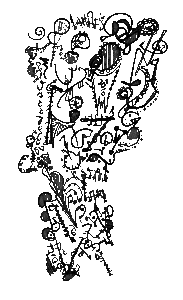How I Turn Sketches Into Fashion
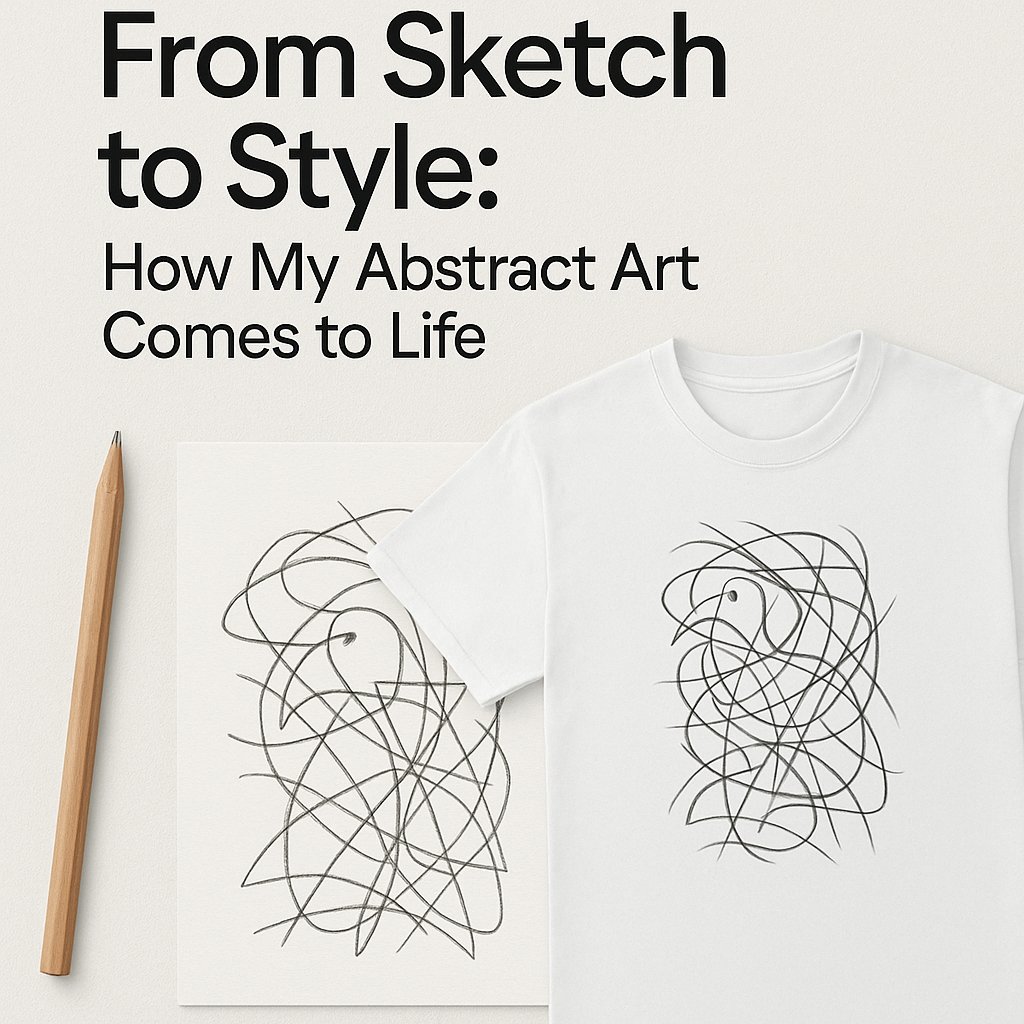
How does a random sketch become fashion?
At Inkiz, every piece begins with something raw, simple, and unplanned. My process is instinctive, emotional, and built on trial and error. If you’re curious about how abstract drawings evolve into fashion prints, this article is for you.
Let me take you inside the journey.
1. Drawing Without a Plan
It starts when the urge to create hits. I never wait for the perfect moment. I grab a pencil and a blank sheet of paper.
I need to feel the connection. The texture of graphite sliding across the surface is essential.
Then the pencil starts moving. I follow its rhythm without trying to control it. If a line splits or shifts, I let it happen. Eventually, it feels like the sketch is guiding me instead of the other way around.
This stage is pure freedom. There is no fixed goal. Just motion, energy, and curiosity.
2. When sketches don’t work
Most drawings don’t lead anywhere.
In fact, more than half of them result in nothing useful.
Sometimes the shapes are nice, but no image emerges. Other times the balance is off or the whole thing feels flat. And yes, some are just plain bad.
However, this is part of the process. Without the failures, the discoveries wouldn’t feel as real.
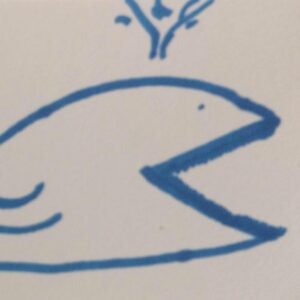
3. Finding hidden shapes
Occasionally, something clicks.
A familiar form appears. Sometimes I notice it early and shape the rest of the drawing around it. Other times I don’t see it until the very end.
Even if no one else sees it, I often do. Our brains are wired to recognize patterns. This tendency to spot faces or objects in random visuals is called pareidolia. It probably helped our ancestors detect threats in nature.
Therefore, abstract art becomes a personal experience. Everyone sees something different, and that’s what makes it exciting.
Explore the portfolio and tell me what you see.
4. Going Digital
Once I’m satisfied with a drawing, I take a photo of it.
However, photographing sketches is tricky. The quality often drops. Shadows, lighting, and paper texture can ruin the image.
So far, I haven’t found a perfect solution. Maybe I should try a scanner instead. While writing this article I found this and this interesting tutorials. I definitely need to have a deeper look.
If you’ve found a better way to digitize drawings, feel free to share. Your advice could really help
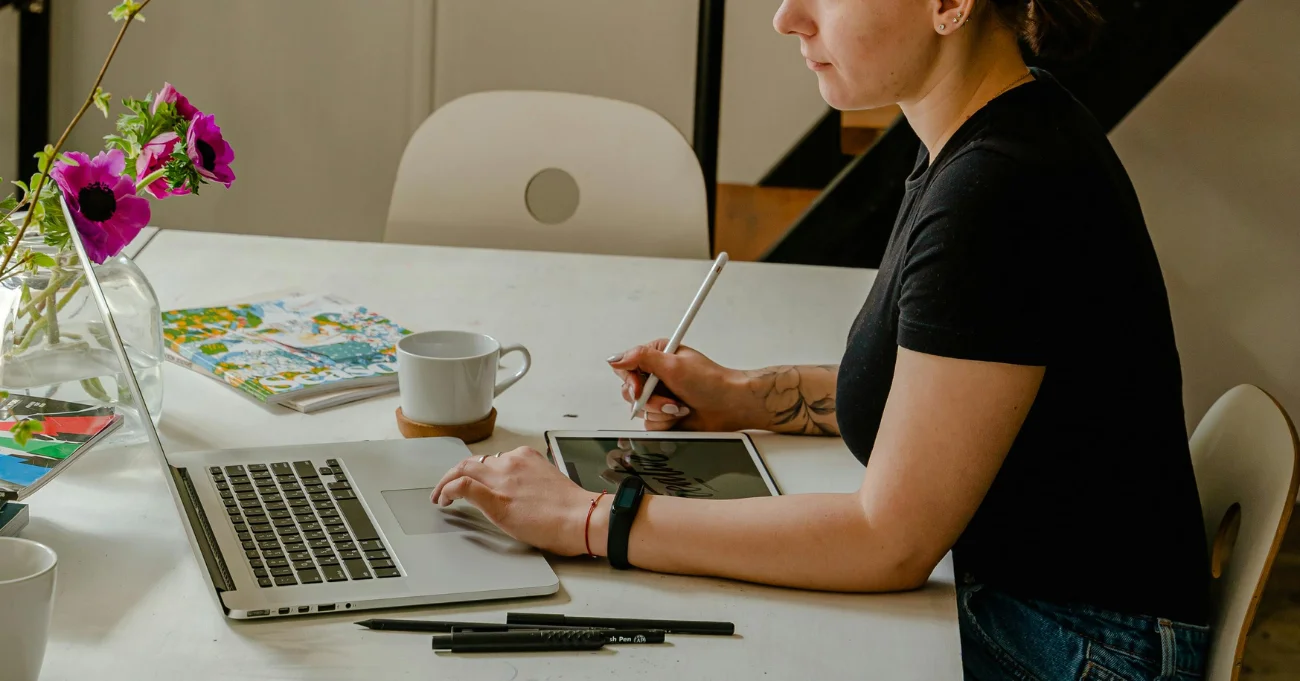
5. Cleaning and Adjusting
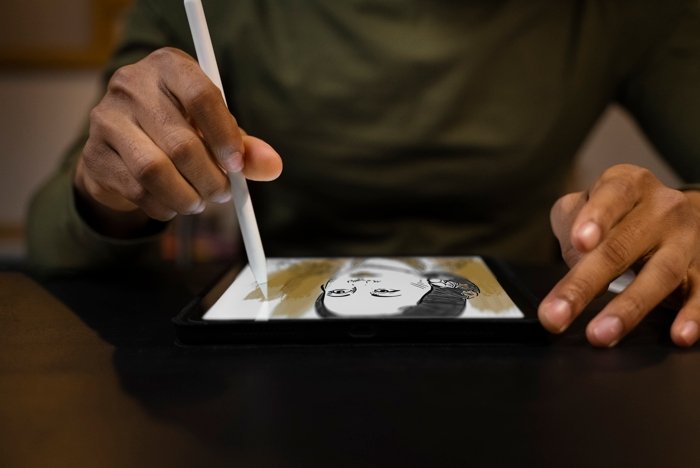
Then I move into editing mode. I import the image, remove the background, and fix the damage caused by the photo with my simple, but effective, drawing table and Krita software.
This includes cleaning up lines, adjusting contrast, and restoring sharpness.
It’s not always easy. Some sketches don’t survive the process. But when they do, they come back even stronger and feel ready for something new
6. Matching Art to Fashion
Once the digital version feels right, I place it on mockups such as hoodies, t-shirts, posters, and more.
At this point, I imagine the person who might wear it. What vibe does the design give? Who will connect with it?
Designing for someone’s identity, not just for a product, makes it more meaningful. After all, it’s not just art anymore. It becomes expression.
Have look to the shop to see the final products
Let’s talk
Do you have your own process for creating?
Have you ever turned your sketches into prints or clothing? Or maybe you’ve figured out how to digitize pencil drawings without losing their energy?
I’d love to hear your take.
Drop a comment or reach out to me on Instagram or on this page. Creating is even better when we share.

